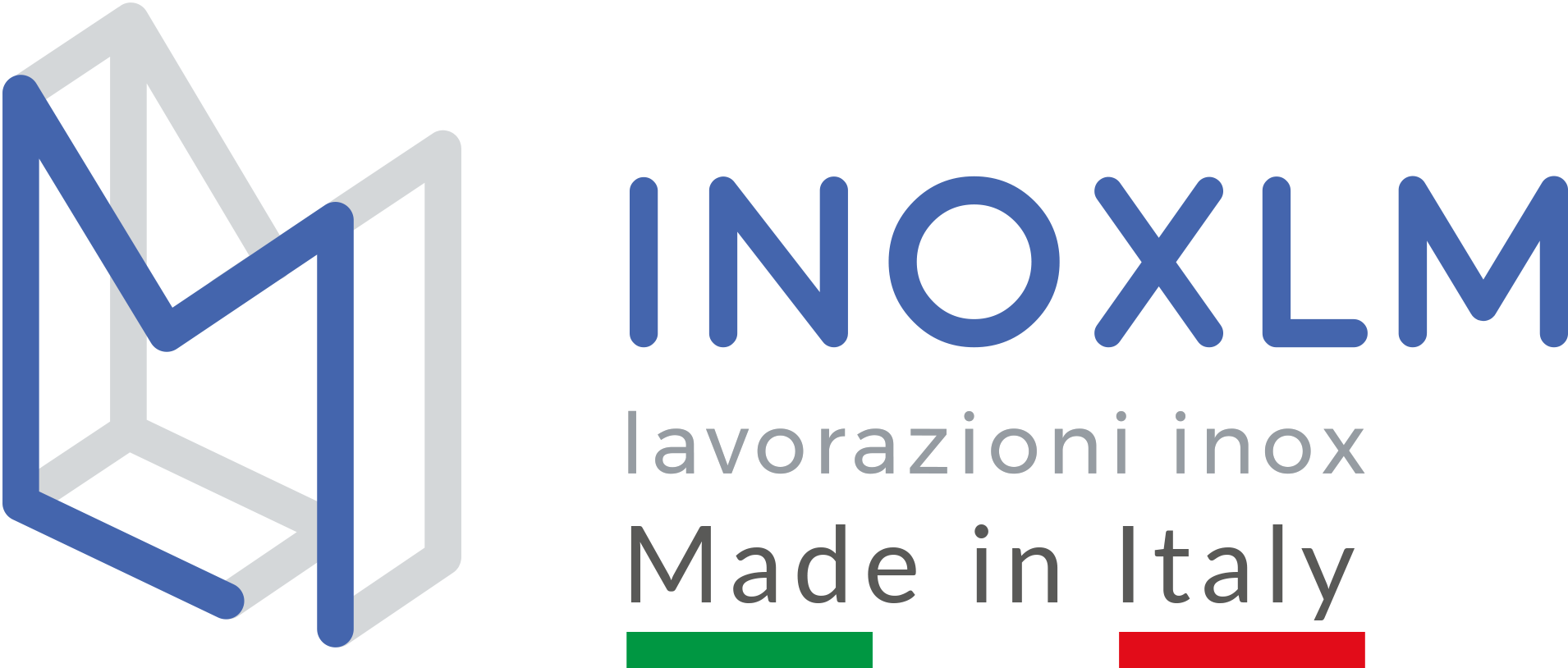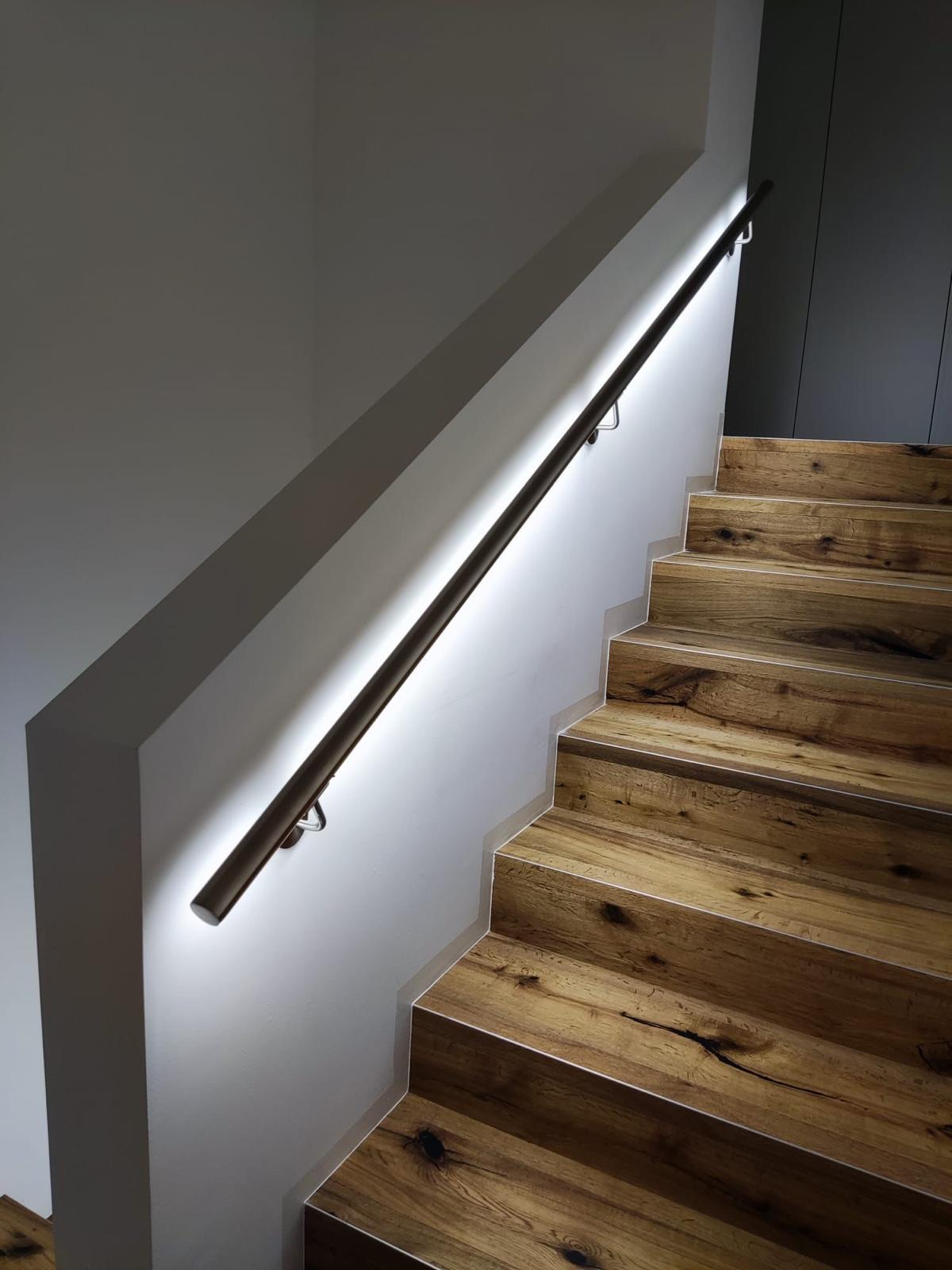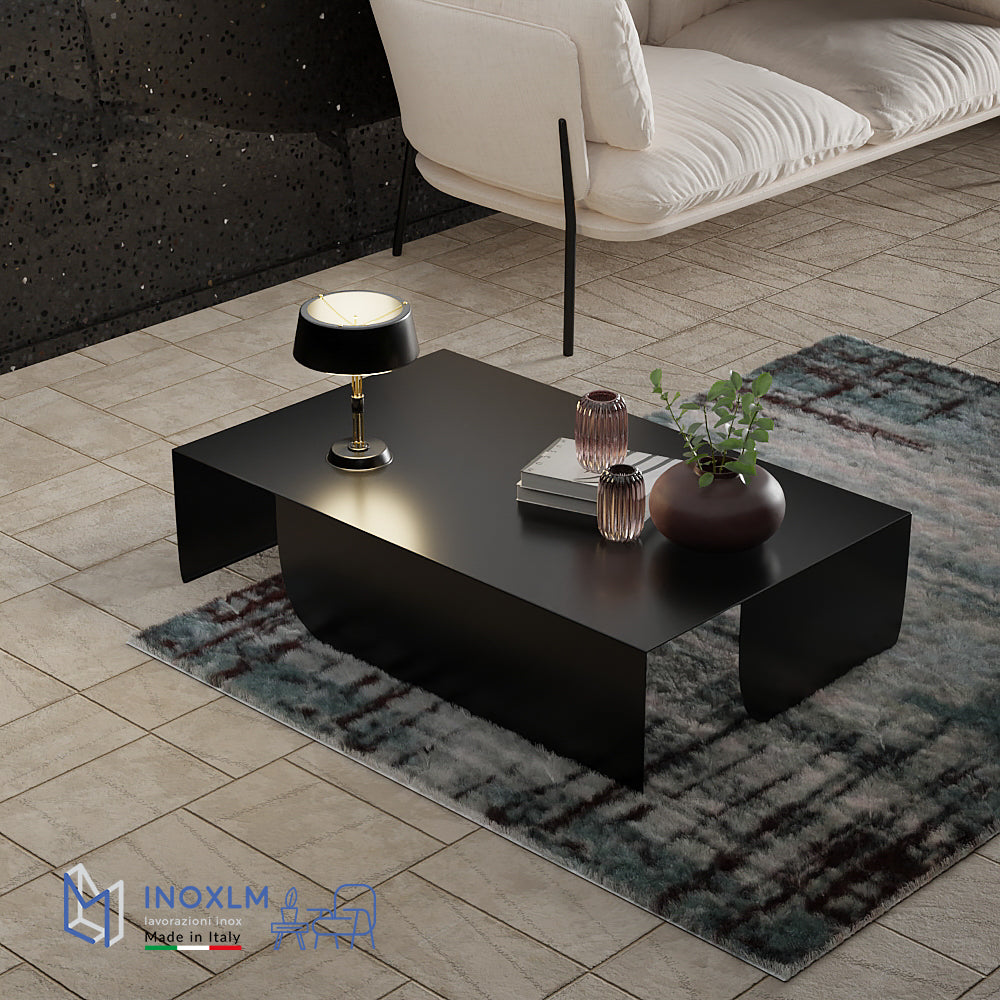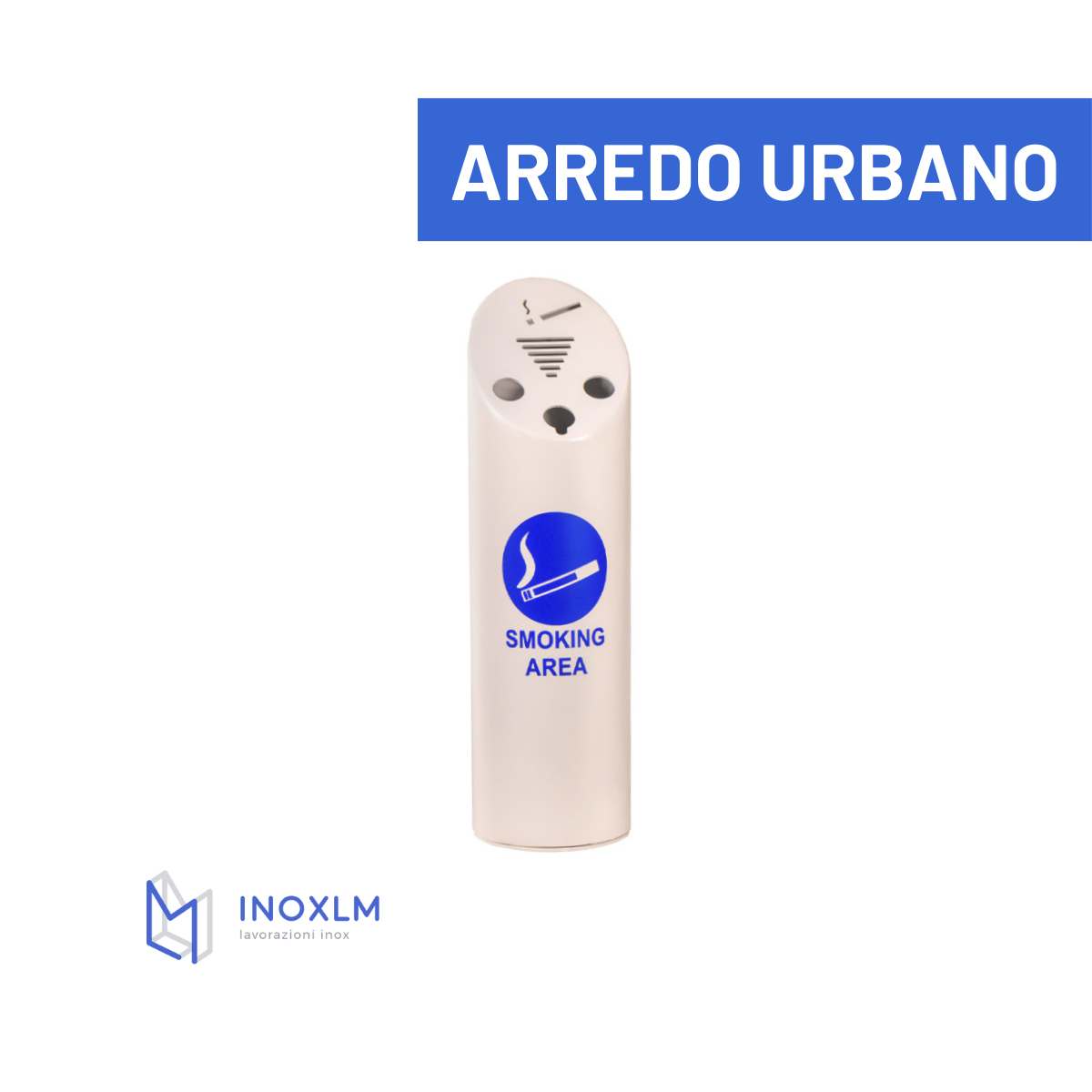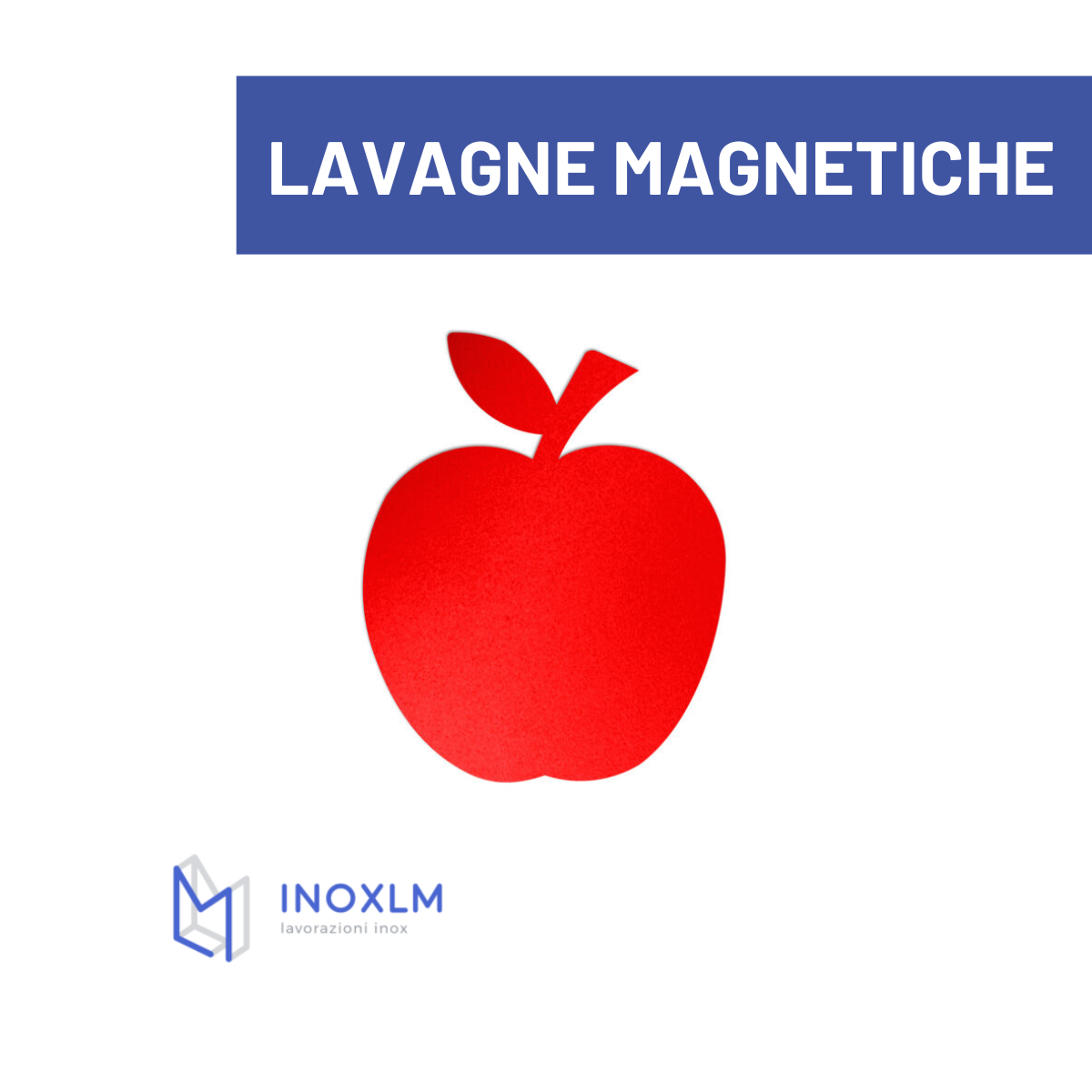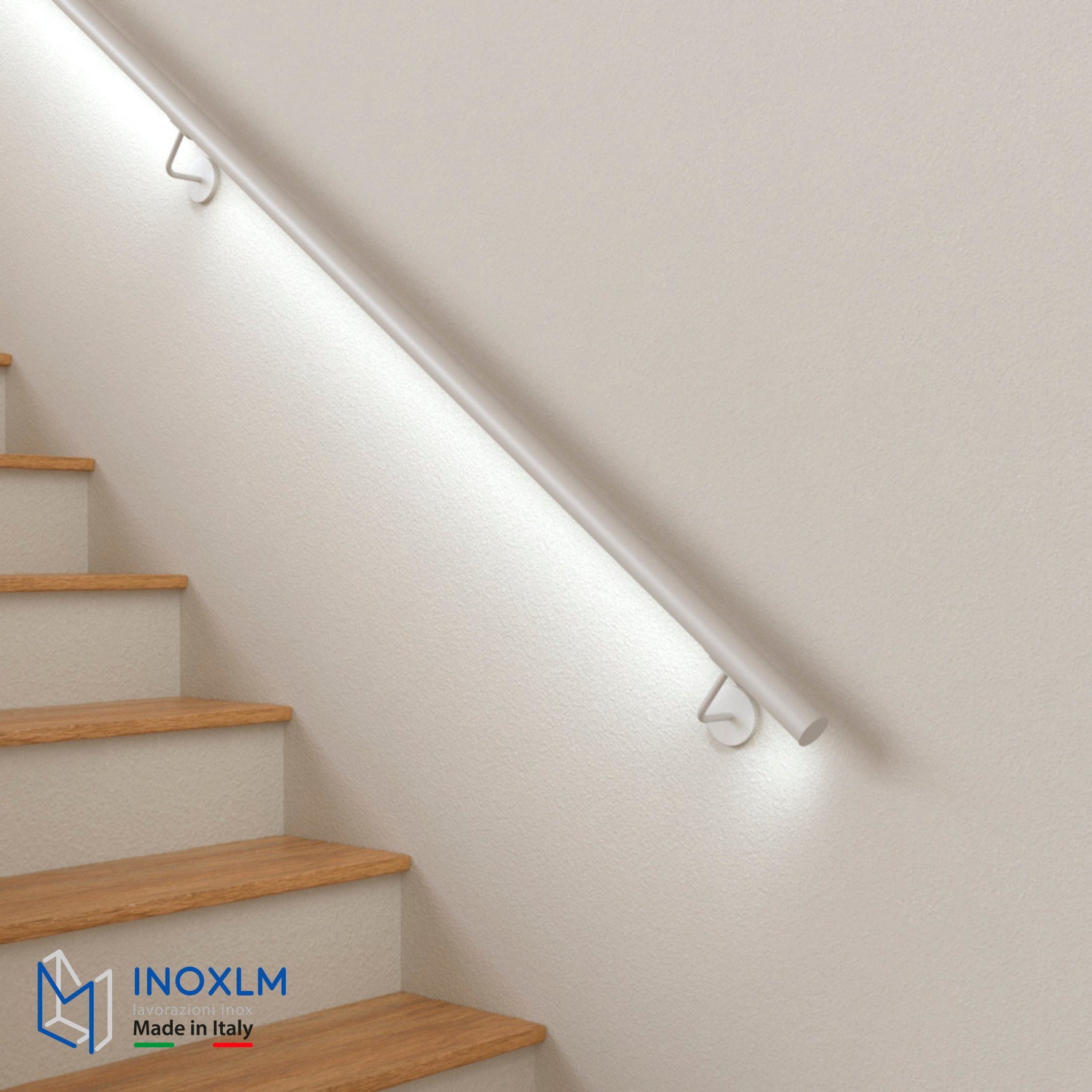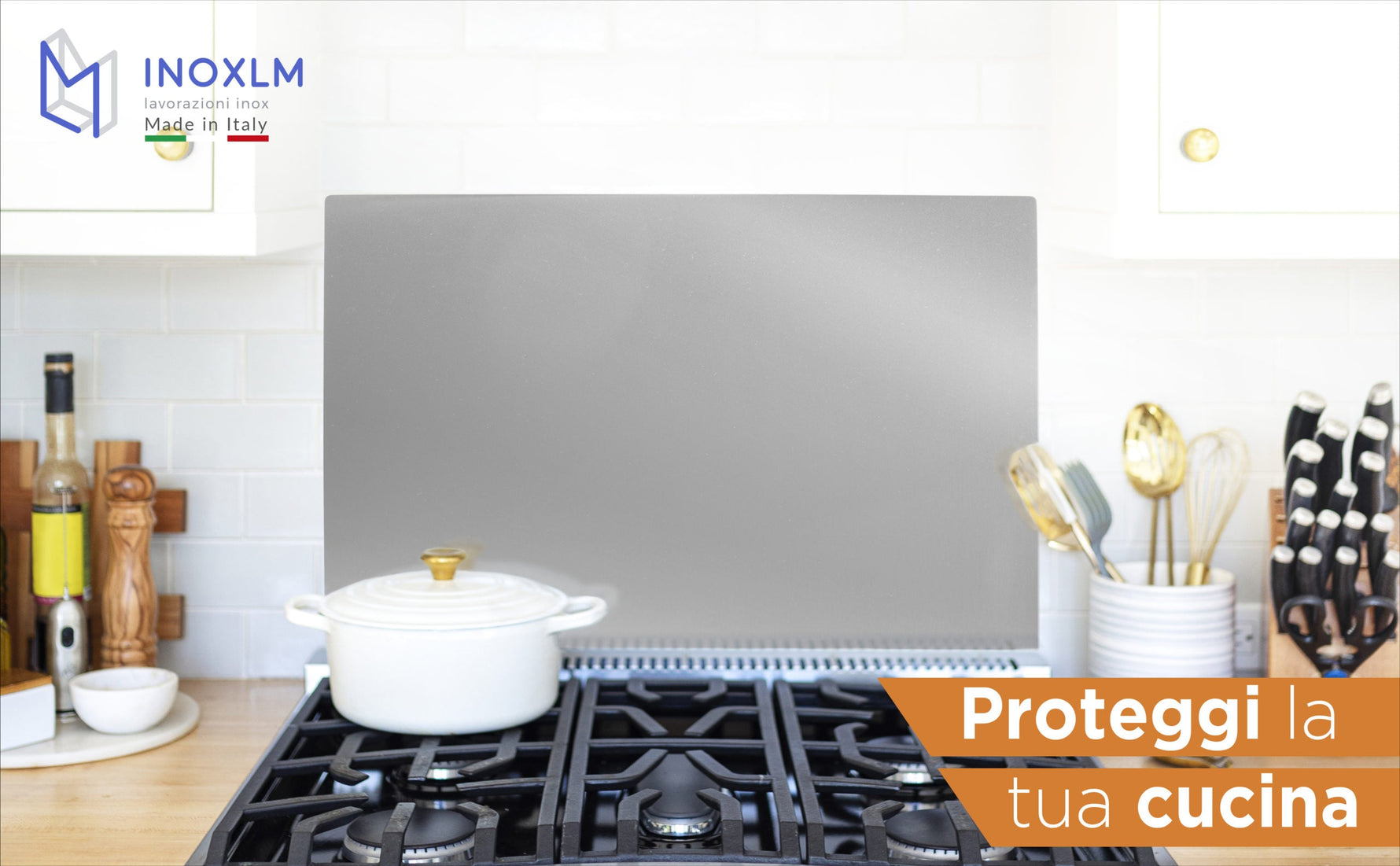DIFFERENCES BETWEEN AISI 304 AND AISI 304L
AISI 304 and AISI 304L stainless steel are both stainless steels from the same family, but with one important difference:
- AISI 304: This is a standard stainless steel and is also known as 18/8 steel. It contains approximately 18% chromium and 8% nickel in its composition, along with small amounts of other elements. AISI 304 is known for its good corrosion resistance in normal environments and is widely used in a variety of applications, including kitchen applications, the food and pharmaceutical industries, and many others.
- AISI 304L: The addition of the suffix “L” indicates a low carbon version of AISI 304. AISI
304L has a lower carbon content than standard AISI 304, making it more resistant to intergranular corrosion. This means it is less susceptible to corrosion in the joints or areas where it has been welded. AISI 304L is often preferred in welding applications, especially in corrosive environments.
In short, the main difference between AISI 304 and AISI 304L is the amount of carbon in their composition. AISI 304L is a better choice when welding is planned or when working in corrosive environments. However, standard AISI 304 is still widely used for many applications where corrosion resistance is not a critical issue.
AISI 304L stainless steel is an alloy with a specific chemical composition that makes it resistant to corrosion and suitable for a variety of applications. Its chemical composition
typical is the following:
- Chromium (Cr): Approximately 18% by weight. Chromium provides corrosion resistance and creates a protective chromium oxide surface.
- Nickel (Ni): Approximately 8% by weight. Nickel contributes to corrosion resistance and imparts luster and finish to the alloy.
- Carbon (C): Approximately 0.03% by weight maximum. AISI 304L is a low-carbon variant of AISI 304, making it more resistant to intergranular corrosion, especially during the welding process.
- Manganese (Mn): About 2% by weight. Manganese is used to improve the workability and mechanical strength of the alloy.
- Silicon (Si): About 1% by weight. Silicon improves oxidation resistance at high temperatures.
- Phosphorus (P): Approximately 0.045% by weight maximum.
- Sulfur (S): Approximately 0.03% by weight maximum.
- Nitrogen (N): Approximately 0.1% by weight maximum.
The addition of a small amount of carbon (0.03% maximum) is what distinguishes AISI 304L
from standard AISI 304. This low carbon content makes AISI 304L more suitable for welding applications, as it reduces the formation of chromium carbides, which could make the alloy susceptible to intergranular corrosion.
The exact chemical composition may vary slightly depending on the specific grade and manufacturing regulations, but these are the main constituent elements of AISI stainless steel.
304L.
Share
